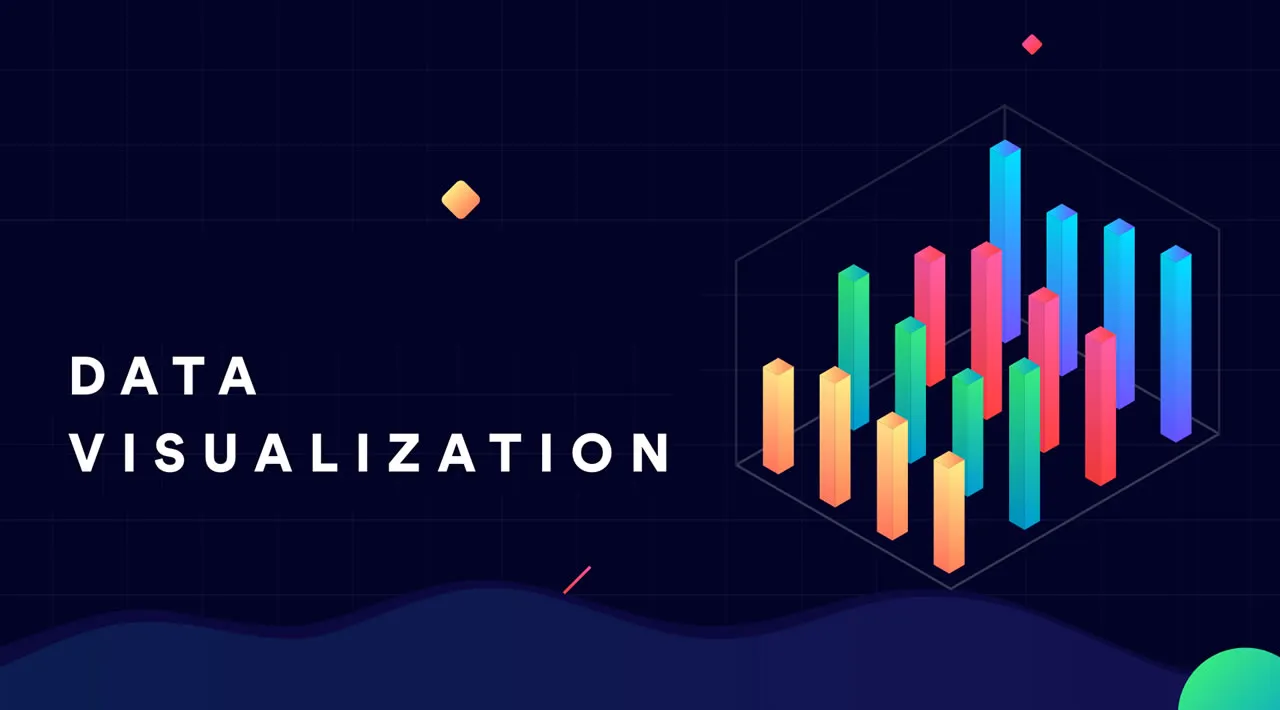Visualizing data is a valuable skill for data scientists. It is easy to pick up but hard to master. Data visualization is a graphical representation of your data, aggregations, and model results summed up in visual elements accessible to the end-user. These visualizations allow users to quickly see trends in the data, outliers, and patterns that exist. As you develop visualizations, you need to keep in mind how the user will interact with your work. Your visualizations should be useful in helping the user analyze the data. Visualizations and tables allow the data to be more accessible to others and more understandable if done correctly.
Drawing Your Dashboards
The first article I wanted to share with you is written by John McAllister, who talks about first drawing your dashboards and then implementing them. John has a detailed introduction to data visualization before going into examples of using Tableau to create dashboards. In his article, John makes a great point about why you should draw your visualizations by hand first.
Taking the time to hand-draw a visualization requires you to think about what you are actually doing… Hand-drawing graphs allows common sense to prevail. Every detail in a hand-drawn visualization has effort put into it.
Taking the time to step back and think about the setup of your visualizations while you are drawing allows you to think through how to visualize your data best. Often we find ourselves quickly making dashboards and visuals before making sure it is the correct visual to make. Ask yourself why you use a specific type of visualization, such as a bar chart vs. a line graph. As you are working on the visuals, think about how you would want the user to interact with this data. Are the processes of using the different visuals and tables intuitive to others, or will it confuse them?
If you want a more in-depth discussion into why this method works, check out John’s article!
Understanding Scientific Plotting
Developing plots for scientific publications, white papers, and conferences can be time-consuming to ensure you are getting across the right information in a condensed format, especially if you are limited to a page count or poster size. In an article about using Matplotlib for scientific plotting, the author Rizky Maulana Nurhidayat, discusses how to customize Matplotlib parameters and create visualizations that are color-blind friendly.
This article was something I wish I had seen earlier as it goes into great detail on how to draft nice visuals for your papers or posters. I especially liked this paper because he noted the many different plotting styles that were available through Matplotlib and how to use them. To get into the piece further, Nurhidayat discusses rcParams, which allows you to use LaTeX font, customize your font size, and much more. He takes each point and goes into detail on how to use them, which helped understand how to use each feature and implement it in a figure. I found helpful about this article because he walks through rcParams in one example, showing you how to create a similar-looking plot.
The second half of his article discusses color-blind friendly implementations of plots and how to develop color palettes for color-blind individuals. After creating those color palettes, you can utilize them in your Matplolib plots and other design elements. This half of his paper gives excellent examples of palettes and how to use them in your visualizations.
If you are looking to improve your scientific plots or want a good discussion on developing palettes that are color-blind friendly, I recommend you check out his article.
Customizing Your Subplots
Continuing off the theme of working with Matplotlib to make scientific plots, Rizky Maulana Nurhidayat had another useful article. In this article, Nurhidayat discusses how to work with multiple subplots to create more complex visualizations. Subplots can come in handy when trying to relate different pieces of data together. Learning to link this data in compelling plots can help guide your user through your visuals.
I often create plots and subplots when needing to relate different data pieces together over the same axis. I work primarily with time-series data that shares an axis over a determined period, such as creating a 90 day look back from the current date with three time-series datasets. Understanding how to take this data and combine it into different subplots with a shared axis is valuable.
Like his last article, Nurhidayat does a great job of breaking down his process in starting from one plot and adding in additional subplots in different ways. This article shares both simple and complex designs for multiple subplots and how you can setup varying sizes of plots within the final visualization. He uses different methods to add subplots, which allows you to learn more than one way of adding your subplots.
This article is a great resource to understand how to develop subplots using Matplotlib.
#data-visualization #data-science #python #machine-learning #developer
